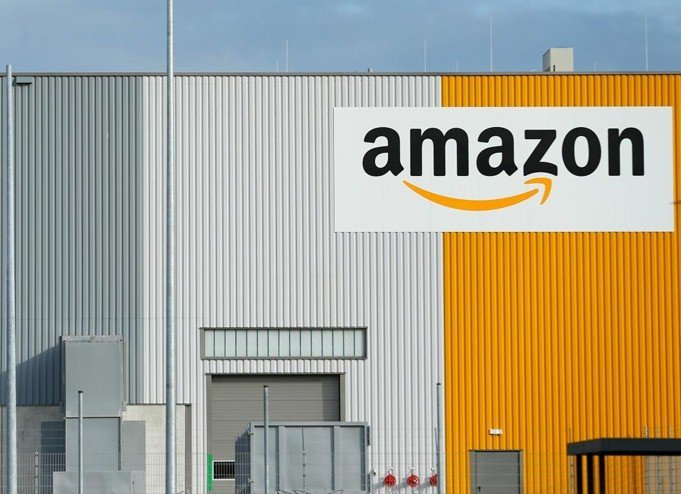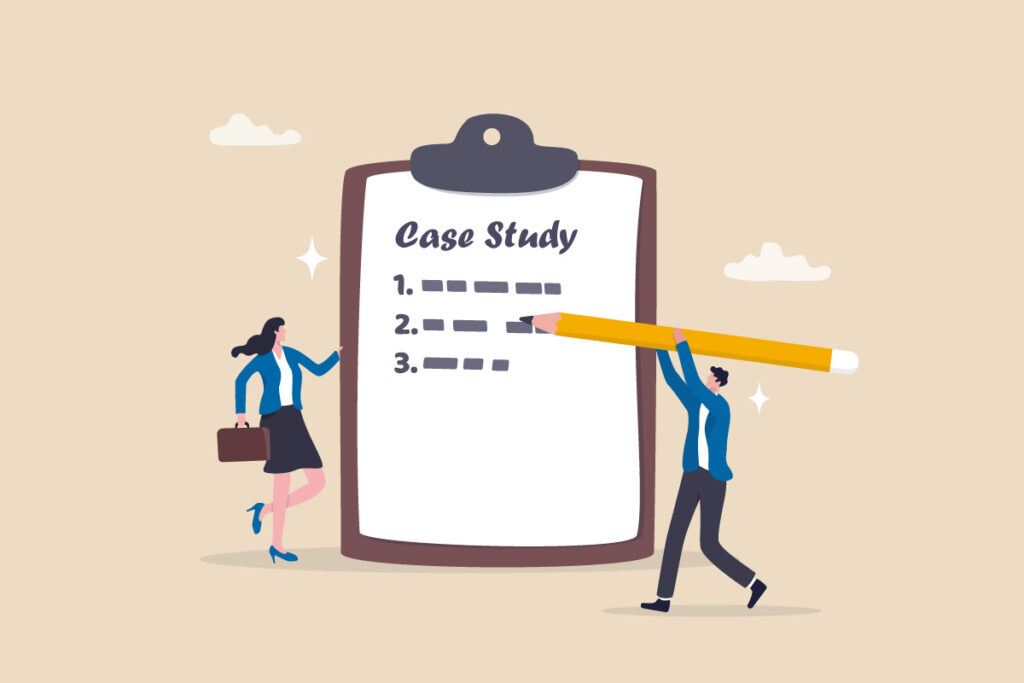- By TOP CHINA FREIGHT
- October 9, 2025
- Amazon FBA, Shipping
Table of Contents
FBA service China to Australia helps Amazon sellers simplify shipping and reduce costs. Shipping from China to Australia can be challenging due to customs, logistics, and high freight rates. A reliable FBA service ensures smooth delivery, lower expenses, and faster fulfillment to Amazon warehouses.

What Are the Key Benefits of FBA Service China to Australia?
| Benefit | Description |
|---|---|
| Cost Efficiency | Consolidation of shipments reduces per-unit cost |
| Compliance | Ensures Amazon FBA labeling and packaging requirements are met |
| Faster Delivery | Optimized transit routes reduce shipping delays |
| Customs Support | Expert handling of import/export documentation |
| Risk Reduction | Minimizes damage and misplacement during transit |
| Inventory Management | Warehousing and staging optimize shipment volume |
| Real-Time Tracking | Enhances planning and reduces stockout risks |
How Long Does Shipping from China to Australia Take?
Transit times vary depending on the shipping method, carrier, and specific Amazon fulfillment center. Sea freight is the most economical but slower option, while air freight is faster but more expensive. Understanding the trade-offs helps you select the right shipping solution.
| Shipping Method | Estimated Transit Time | Pros | Cons |
|---|---|---|---|
| Sea Freight (FCL/LCL) | 20–40 days | Cost-effective for large volumes | Longer transit, port handling required |
| Air Freight | 5–10 days | Fast delivery, reliable | Higher shipping cost, weight-sensitive pricing |
| Express Courier (DHL, FedEx) | 3–7 days | Door-to-door, reliable tracking | Expensive, limited volume |
Tips to Optimize Transit Time:
- Book shipments during low-season months to avoid congestion
- Consolidate multiple products in one shipment to minimize port handling delays
- Use a reputable FBA service that coordinates directly with carriers and Amazon fulfillment centers
What Shipping Documents Are Required for FBA Shipments?

Proper documentation is crucial to prevent customs delays. FBA service providers typically manage these documents for you, ensuring smooth clearance.
| Document | Purpose |
|---|---|
| Commercial Invoice | Lists product details, quantity, and value |
| Packing List | Details package contents and dimensions |
| Bill of Lading (B/L) | Proof of shipment for sea freight |
| Air Waybill (AWB) | Proof of shipment for air freight |
| Import Declaration | Required by Australian Customs |
| FBA Labeling Certificate | Confirms products meet Amazon labeling standards |
| Certificate of Origin | Required for certain product categories to qualify for duty exemptions |
Best Practices:
- Ensure product descriptions match actual shipment contents
- Check HS codes for customs classification accuracy
- Verify that FBA labeling meets Amazon standards to avoid inventory rejection
How to Choose Between Sea, Air, and Express for FBA?
Choosing the right shipping method depends on volume, budget, and urgency. Sea freight is ideal for bulk shipments, while air freight suits smaller, high-value orders. Express courier services are best for urgent inventory replenishment.
Pros and Cons Table
| Method | Pros | Cons | Best For |
|---|---|---|---|
| Sea Freight | Economical for large shipments, reliable | Slow transit, port handling required | Bulk products, low-value goods |
| Air Freight | Fast, secure, relatively predictable | Expensive, weight-sensitive | High-value, urgent products |
| Express Courier | Fastest, door-to-door | Very costly, limited volume | Small shipments, urgent restock |
Decision Tips:
- Calculate cost per unit for each method based on weight and volume
- Consider Amazon’s inventory forecast to avoid stockouts
- Factor in customs clearance time for accurate arrival planning
What Are the Typical Costs of FBA Service China to Australia?

Shipping costs depend on volume, weight, method, and handling requirements. Below is an estimated pricing table for common scenarios.
| Shipment Type | Volume/Weight | Cost Estimate (USD) |
|---|---|---|
| LCL Sea Freight | 1–5 CBM | $500–$1,200 |
| FCL 20ft Container | 28–30 CBM | $2,000–$3,500 |
| Air Freight | 100–500 kg | $3–$6 per kg |
| Express Courier | 1–50 kg | $10–$25 per kg |
Additional fees may include customs clearance, storage, insurance, and Amazon prep services. Sellers should request a detailed breakdown from their FBA service provider to avoid hidden costs.
Tips to Reduce Costs:
- Consolidate multiple suppliers’ shipments into one container
- Prepay customs duties when possible
- Use FBA prep centers in China to handle packaging and labeling efficiently
Can You Consolidate Shipments to Reduce Costs?
Yes, shipment consolidation is a highly effective strategy. Multiple suppliers’ products can be combined into a single container or pallet, lowering per-unit shipping costs. This approach also reduces the number of customs declarations, saving time and avoiding repeated port charges. Professional FBA services often offer consolidation warehouses in China to streamline this process.
Consolidation Benefits:
- Reduced shipping cost per unit
- Simplified customs clearance with fewer declarations
- Minimized risk of misplacement during transit
Example:
A seller combining three small shipments into one 20ft container reduced costs by 35% compared to shipping separately. Additionally, the shipment met Amazon FBA compliance without extra handling at the destination.
How to Prepare Products for FBA Compliance?
Printing and applying Amazon FNSKU labels correctly
Using poly bags, bubble wrap, or cartons to prevent damage
Checking quality, quantity, and condition before shipping
Ensuring packing lists and invoices align with Amazon guidelines
Ensuring products comply with FBA size limits
What Are Common Challenges When Shipping FBA from China?
Even with a professional FBA service, sellers may encounter:
1.Customs Delays:
Incorrect HS codes or missing documents can hold shipments
2.Shipping Cost Fluctuations:
Freight rates vary due to fuel costs, seasonal demand, or carrier surcharges
3.Inventory Management Issues:
Poor planning may lead to stockouts or overstocking
4.Product Damage:
Inadequate packaging can result in returns or lost inventory
Mitigation Strategies:
- Partner with experienced FBA service providers familiar with Australian import regulations
- Track shipments in real time
- Use quality packaging materials and protective inserts
- Consolidate shipments for cost and efficiency
Case Study: Efficient FBA Shipment from Shenzhen to Sydney

A medium-sized Amazon seller needed to ship 2,500 units of electronics from Shenzhen. Using a professional FBA service China to Australia, the shipment was consolidated into one 20ft container. The provider handled labeling, packaging, customs clearance, and delivery scheduling. Sea freight took 28 days, and the shipment arrived at the Sydney FBA warehouse without delay. By consolidating shipments and outsourcing prep services, the seller saved 30% on shipping costs and avoided potential FBA penalties.
This example demonstrates how professional services improve efficiency and reduce operational risks.
How Technology Enhances FBA Logistics Efficiency?
Modern FBA logistics relies heavily on digital tracking and automation. Professional providers integrate tracking systems, AI-driven route optimization, and online dashboards for real-time shipment visibility.
Benefits of Technology Integration:
- Automated tracking notifications
- Predictive transit-time analysis
- Data-driven cost optimization
- Centralized communication with suppliers and Amazon
How to Handle Returns and After-Sales Logistics?
Returns are part of every Amazon business. An efficient FBA service China to Australia can assist with return management — inspecting, repackaging, and reshipping items. Having an Australian return address improves customer trust and reduces international return costs.
Advantages:
- Faster processing of customer refunds
- Lower return shipping costs
- Better feedback and higher seller ratings
Conclusion
Shipping from China to Australia for Amazon FBA can be efficient and cost-effective when you partner with a reliable FBA service China to Australia. By understanding shipping methods, managing documentation, consolidating shipments, and complying with Amazon standards, sellers can save time, reduce costs, and prevent inventory issues. Choosing a trusted FBA service China to Australia helps ensure smooth operations, timely delivery, and long-term success for your Amazon business.
Need a Shipping Quote?
If you want expert guidance and peace of mind, our team is ready to assist.
TJ China Freight offers tailored solutions to help businesses of all sizes ship more reliably from China.

FAQ
Q1: How long does shipping from China to Australia for Amazon FBA take?
Usually 10–25 days by sea and 3–7 days by air.
Q2: What is the cheapest way to ship FBA goods from China to Australia?
Sea freight is the most cost-effective option for bulk shipments.
Q3: Do I need to handle customs clearance myself?
A professional FBA service China to Australia can handle customs on your behalf.
Q4: Can I ship directly to Amazon warehouses in Australia?
Yes, you can ship directly if your goods meet Amazon’s labeling and packaging standards.
Q5: How can I reduce shipping costs?
Consolidate shipments, plan ahead, and compare rates among freight forwarders.



